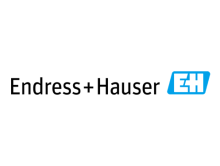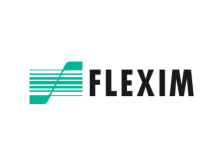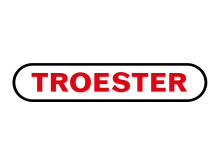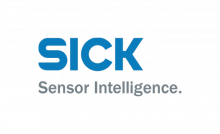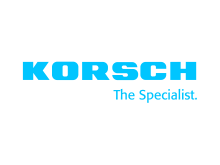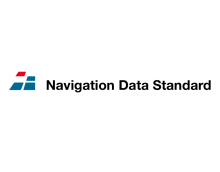We develop your information architecture for technical documentation and corporate content
Smart content with an information architecture
parson develops modern information architectures that provide a clear structure for creating, organizing, and reusing content. Structured metadata adds valuable context, making your content easier to use in portals and chatbots.
A well-designed information architecture ensures that your technical documentation, product information, learning materials, and support content are clear, modular, and efficient. This benefits not only your authors, but also your customers and support team – helping everyone find what they need faster.
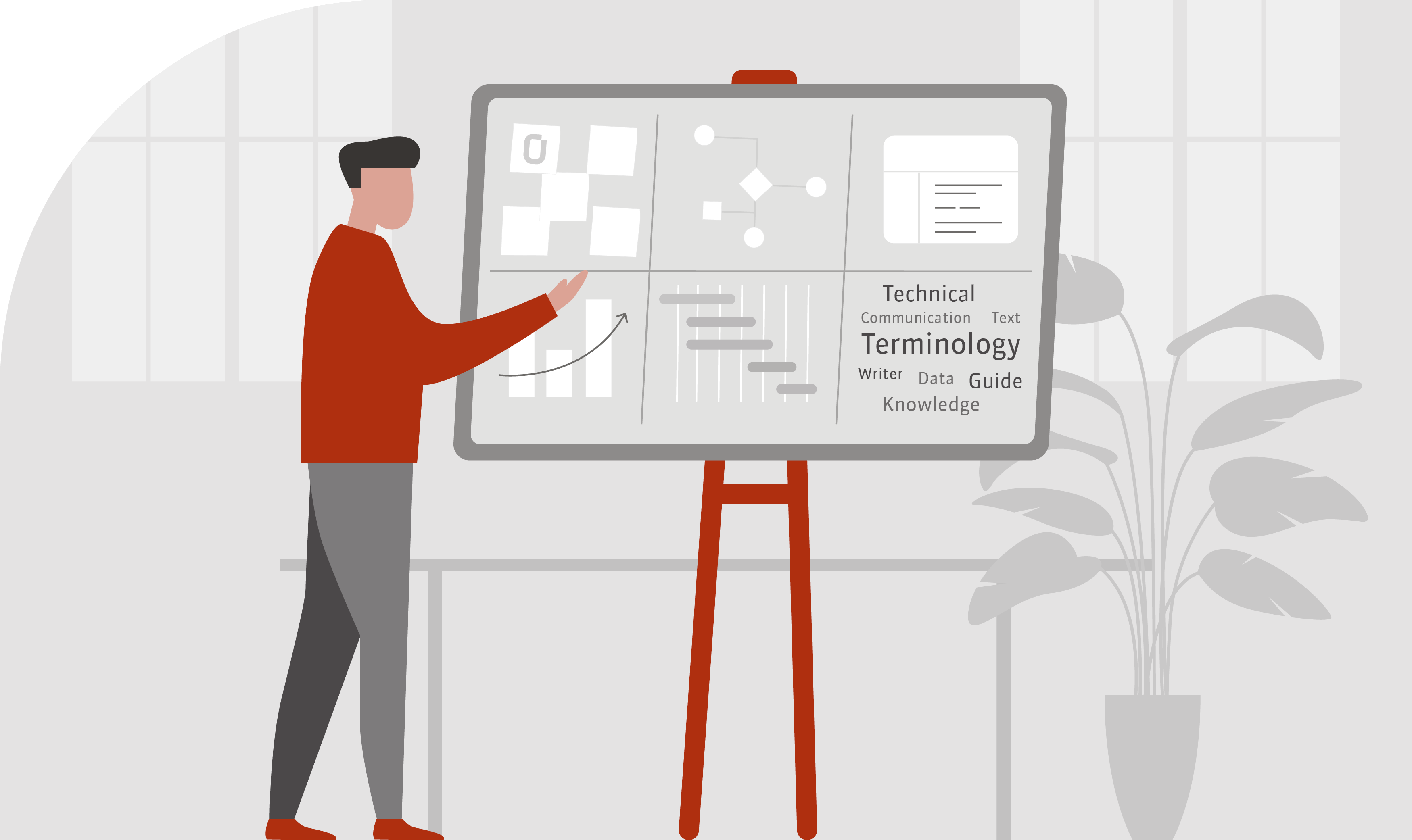
Information architecture for smart content
Your products and services are becoming more digital and personalized. Customers are configuring their own product variants and booking individual features as services. New digital business models are emerging.
Traditional static documentation, product information, and document-based processes can’t keep up with this level of complexity. Without a well-designed, modular, semantic information architecture, content becomes difficult to manage and maintain. Reuse is limited, updates are slow, and users struggle to find what they need.
We’ll design a modern information architecture for you – so you can structure, manage, and deliver content in a modular and efficient way. This is how we work.
Your contacts
Information architecture for smart content
Our customers
Creating a modern information architecture for technical documentation. This is how we work
Our approach to building your information architecture:
- Understand your requirements. We work with you to identify what your authors and other contributors need to efficiently create and manage content. We also consider your target audiences’ expectations for documentation, product information, and other content, especially in the context of your digitalization goals.
- Analyze existing content. We review various types of content, such as data sheets, technical documentation, training materials, and support information, to assess how well they are standardized, modularized, and variant-ready.
- Develop the information architecture. We design content structures and metadata models, including templates for authoring tools and component content management systems (CCMS) and for delivery in target systems, such as self-service portals.
- Evaluate formats, tools, and processes. Together, we will examine your current content creation, review, approval, and publication processes. This helps us identify areas for improvement and streamline your workflows.
- Enable your team. We provide training for your authors and key stakeholders to prepare them for the new information architecture and topic-based, modular writing.
Learn more about information architecture in our FAQs.
FAQs – Frequently asked questions about information architecture for technical documentation and corporate content
What is information architecture?
An information architecture defines how content is structured and designed. It applies to many types of content, such as technical documentation, product information, specifications, learning materials, support articles, knowledge bases, and website content.
Modern information architecture provides the foundation for modular, reusable, digital-ready content. It establishes content structures, metadata, and strategies for efficient reuse.
A standardized structure enables consistent presentation of content from different sources. This makes the content easier to understand and read, regardless of who created it, and supports automated delivery through systems like chatbots or self-service portals.
What does an information architecture include?
An information architecture for technical documentation and corporate content includes the following elements:
- Content model. Defines different document types, content types, and their components. In topic-based writing, for instance, content types (also known as topic types) include tasks, references, and troubleshooting. Fragment types, such as warnings, are also included in the model.
- Variant management. This includes the structures and methods used to create documentation variants for different product versions, configurations, or markets.
- Metadata model. Allows you to control your documentation variants for different products, target groups, and dynamic content delivery..
- Modularization and reuse strategy. A concept for breaking content into reusable modules to improve efficiency and consistency across documentation.
- Linguistic and style guidelines. These are standards for consistent language use, including terminology management and writing rules.
What is a content model?
A content model defines the structures, properties, and relationships between the different types of content in an organization. A content model comprises content from different business units, such as marketing, technical documentation, technical specifications, reports, and support cases.
A well-structured content model for modular content lowers creation costs and promotes reuse across departments. It also enables omni-channel delivery and supports personalized access to information.
For example: A technical communication content model might include several content types: instructions, technical data, parameter descriptions, warnings. In addition, the content has metadata such as product variant or the target audience.
What is good information architecture?
Good information architecture makes content across all company channels, such as websites, product documentation, online help, self-service portals, and chatbots, easy to find, personalized, and consistent. Several key factors contribute to this.
- Standardized content structures ensure that content from different departments follows uniform logic and presentation, enabling consistent communication.
- Uniform metadata based on standards like iiRDS or PI-Class® allows systems to organize and deliver context-aware content. Metadata also supports personalization and content searches in portals. For instance, documentation for service personnel can be tagged with metadata such as the target group (e.g., technicians) and relevant diagnostic codes, helping users swiftly locate solutions to specific issues.
- Corporate terminology improves the clarity and readability of content and ensures that everyone, from internal teams to customers, uses and understands the same terms.
What are the challenges in developing an information architecture?
Every company has different information that needs to be structured and different output channels such as documents, a portal, online help, and so on.
That's why you can't just start with a standard approach when developing an information architecture. First, you need to analyze what the requirements and expectations are. This requires a high degree of flexibility, critical thinking, and analytical skills. At the same time, you need domain expertise to decide which solutions are appropriate, such as choosing a metadata model, standardizing content structures, or selecting a Component Content Management System (CCMS). The fact that no two projects are alike makes the information architect's job both challenging and fascinating.
What happens to existing content when I implement a new information architecture?
When you implement a new information architecture, for example, to deliver modular digital content, your existing content will be transferred to the new structures. Typically, documents are broken down into topics and metadata is added to those topics. This can be done in a number of ways, including a combination of methods:
- Manually, where authors manually restructure and revise content
- Script-based, for example by transforming one XML structure into another
- AI-based, for example by automatically assigning metadata.
We can offer you to migrate your legacy documentation. Learn more.
What is the difference between a sitemap and an information architecture?
A sitemap shows the structure of a website with all its pages. It shows the hierarchical folder structure: From the home page, it goes down like a waterfall to the various subpages.
The sitemap thus represents the structure of a specific content delivery channel, namely a website. In addition, there may be other delivery channels, such as PDF documents or chatbots.
An information architecture governs the content creation process. It determines how content is structured, what metadata is applied, and which writing rules are followed.







